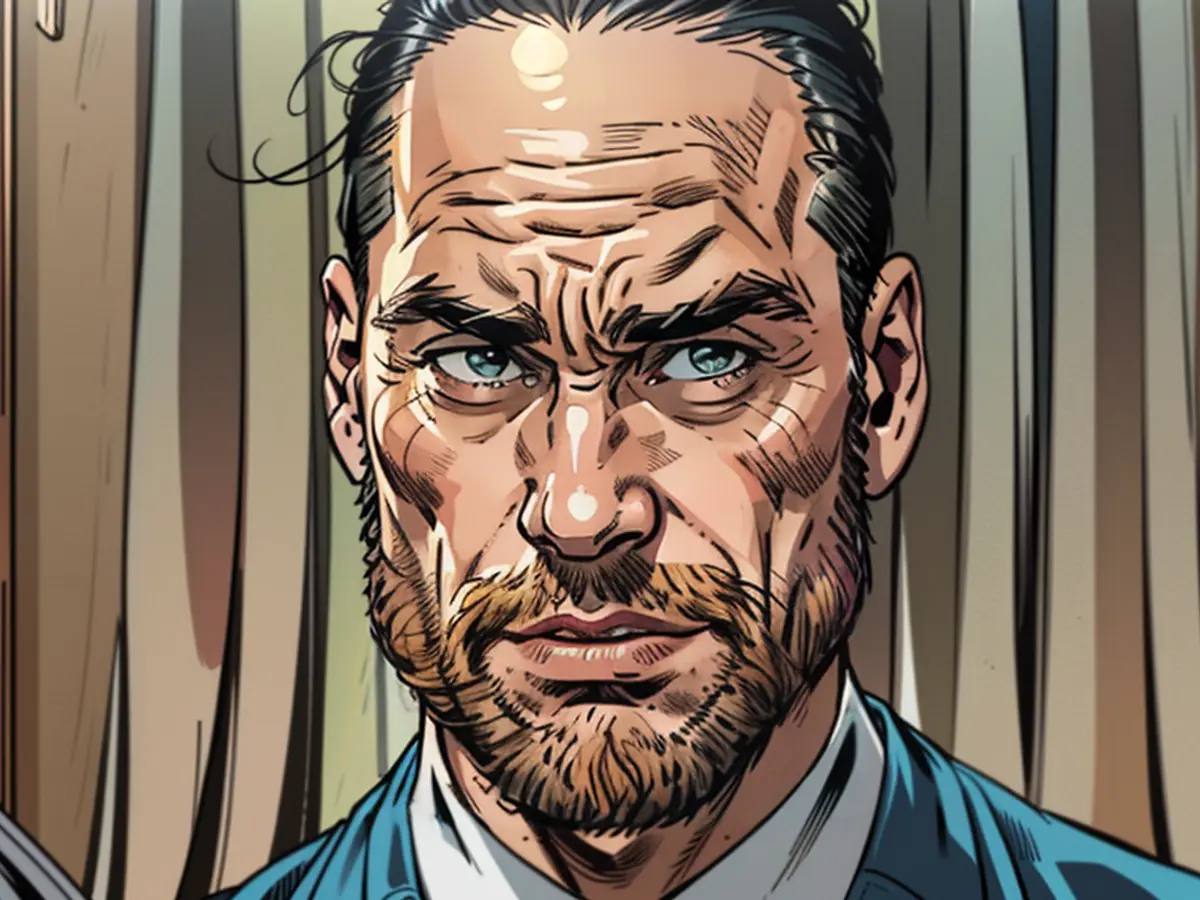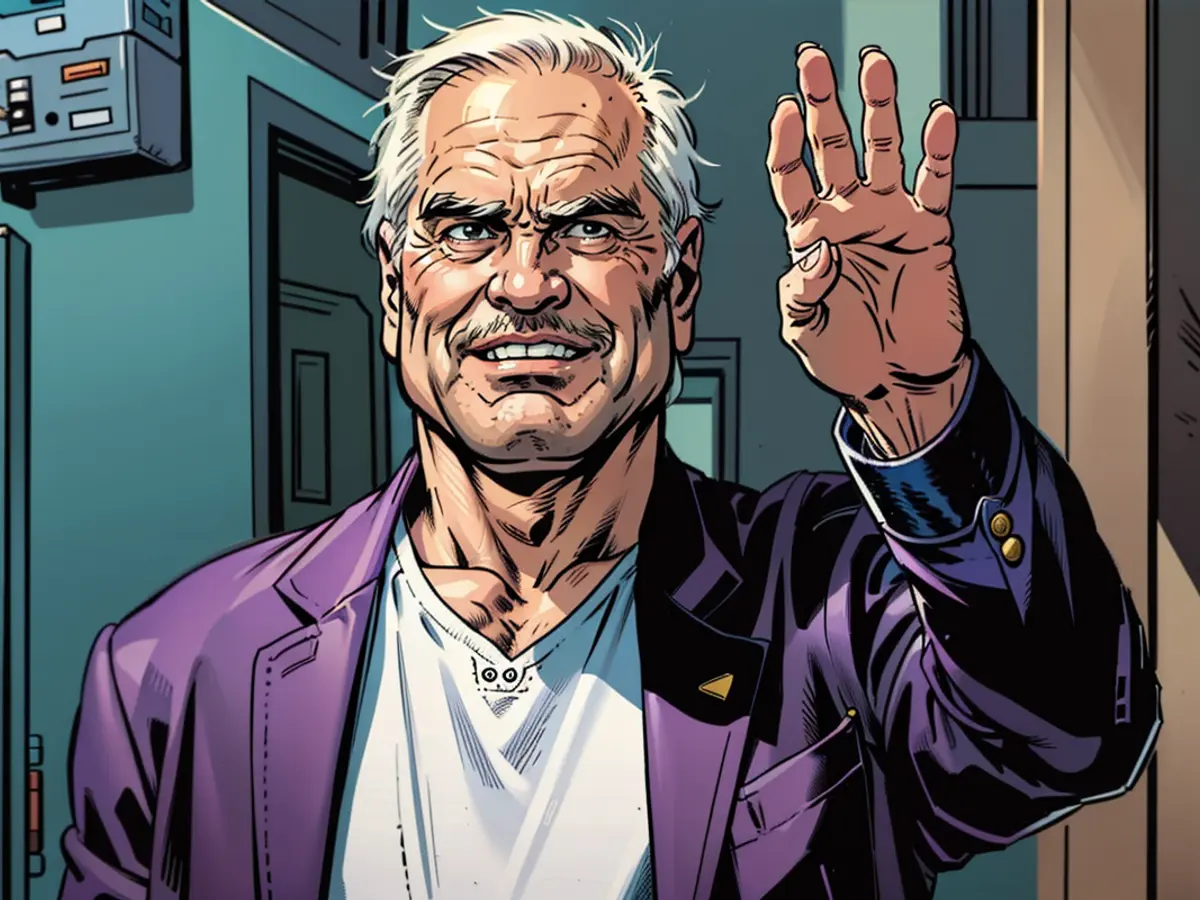- Between Vanity and Art - TV documentary about the selfie
The rapidly snapped image of oneself - the so-called selfie - has become a daily occurrence for many young people and is considered a phenomenon of our time since the introduction of the smartphone. However, the origins of the self-portrait go back much further, as shown in the documentary "The Selfie Story - From Self-Portrait to Ego-Addiction" which will be aired on Saturday (3.8.) at 7:20 PM on 3sat.
Albrecht Dürer's "Self-Portrait in a Fur Coat" sparks a revolution in 1500 that later develops into a mass phenomenon. While it's not the first self-portrait by an artist, Dürer consciously puts himself in the spotlight more than usual. "When we look back at such a painting, we can assume that Dürer also wanted to convey a lot about himself," explains curator Gabriel Dette. The art expert sees a parallel between Dürer's inscription and the captions found in social networks.
Many artists are inspired by Dürer's works. In 1839, Robert Cornelius takes the first photograph of himself with a camera. In the early 2000s, technological progress makes the self-portrait a matter of course - and a youth trend on the internet.
"It has narcissistic, self-loving aspects, so it's not an entire generation that's narcissistic," says psychologist Ines Imdahl. "But the desire to essentially engage with oneself and represent it outward has become quite extreme."
The "Supercandy Pop-Up Museum" in Cologne, visited by the documentary makers, demonstrates how this can also be turned into a business. This place, with its artificial backdrops and bright colors, invites selfie lovers to take photos. Some guests here report having taken over 1000 selfies with their phones.
While many of these selfies are likely taken quickly, the documentary also explores artists with specific demands for their photos. Photographer Laura Zalenga uses her self-portraits to convey an environmental message. "It's just a big topic for me that humans adapt to nature, not the other way around," she says. In her photos, Zalenga poses in nature, using her body to extend a tree trunk or fitting into a rock crevice.
Even if the documentary can't delve into every aspect in its 40 minutes, it succeeds in painting a comprehensive picture of the selfie phenomenon and touching on various cultural facets.
The renowned artist Albrecht Dürer, with his groundbreaking self-portrait, paved the way for a shift in self-representation in the arts. Today, numerous artists continue to be inspired by his work, employing self-portraits as a medium to express various issues, such as environmental concerns, as demonstrated by photographer Laura Zalenga.







